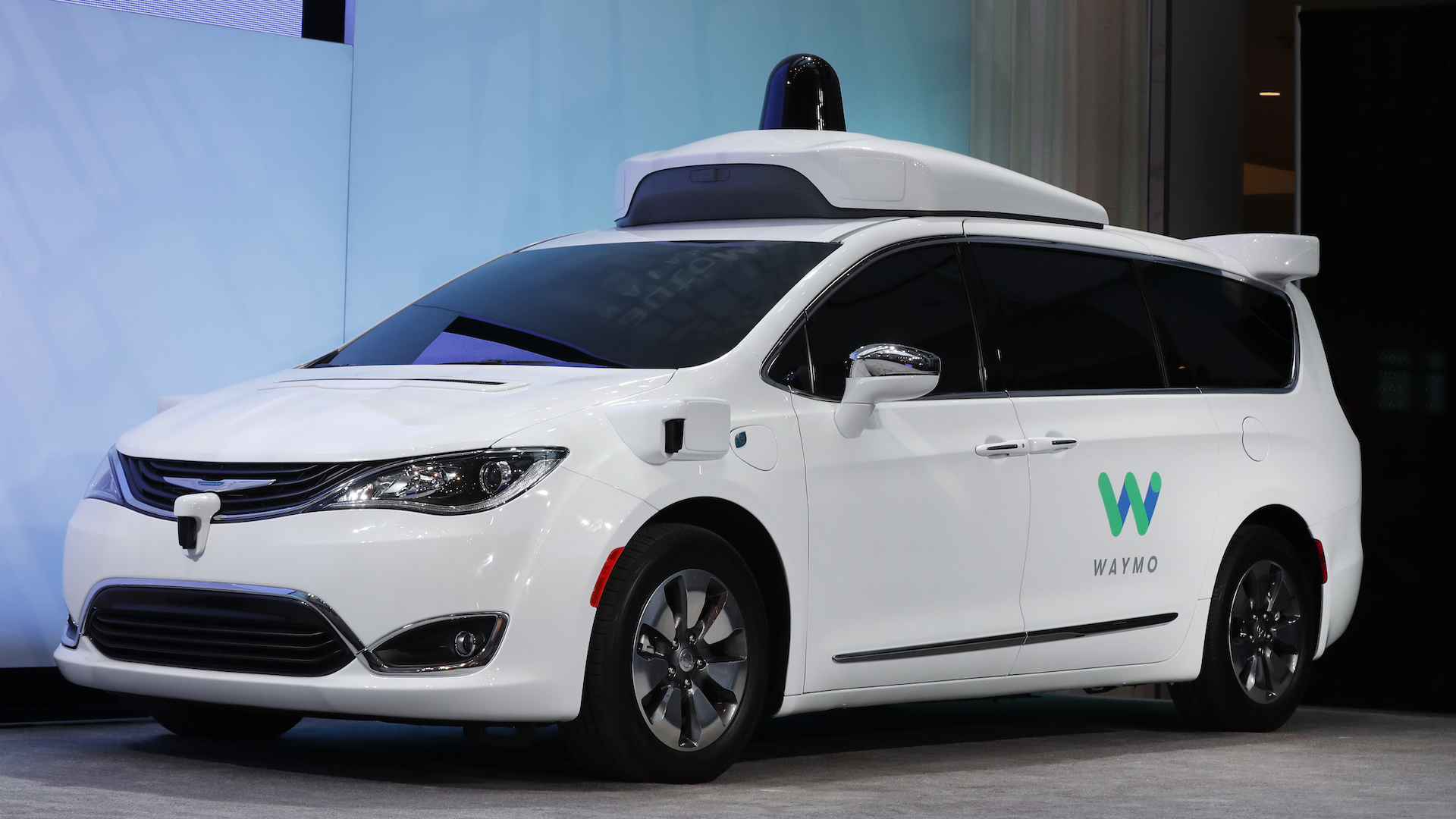

Newly-released reports from the California Department of Motor Vehicles show that self-driving cars are still very much a work in progress. California requires all companies testing autonomous cars on its roads to submit annual “disengagement reports” detailing when human drivers had to take over from automated systems. The DMV asked eight companies to submit further clarifications, reports The Mercury News, and these reports highlight the current limitations of self-driving cars.
Waymo’s self-driving cars had the lowest rate of disengagements from autonomous mode among companies who submitted reports for 2017, with 63 disengagements over 352,545 miles. But in its follow-up report, Waymo admitted that one of its cars did not see a “no right turn on red signal,” and listed other hardware and software issues.
General Motors’ Cruise Automation division reported a host of mishaps, including a car planning a turn into a lane of traffic where there wasn’t enough space, failing to yield to another vehicle trying to enter a lane, not braking hard enough for a stop sign, taking a right turn too wide, and getting flummoxed by construction cones. In general, Cruise said its cars’ sensors had difficulty detecting vehicles approaching in opposite lanes, as well as synthesizing data into conclusions about other vehicles’ movements.
Cruise said many of the issues were caused by other drivers acting recklessly, including failing to yield, running stop signs, and drifting out of their lanes. Delphi (now publicly branded as Aptiv) also said its cars had trouble dealing with unexpected—often illegal—behavior by human drivers. But the company also reported incidents like the loss of a GPS signal, and a car that “encountered difficulty identifying a particular traffic light.”
The list goes on. Chinese tech giant Baidu reported problems like “misclassified” traffic lights, failure to yield to cross traffic, and delays in recognizing both pedestrians and vehicles that had cut in front. Startup Drive.ai reported a car swerving in its lane and a “localization error,” meaning a car was uncertain of its location. Nissan reported a software “crash” and issues maintaining a strong GPS signal.
Problems are to be expected with any new technology, but these results aren’t encouraging given companies’ aggressive timelines for deploying self-driving cars. Waymo plans to launch an autonomous ride-hailing service in Arizona later this year, and GM is expected to start its own ride-hailing service in 2019. If their cars continue having trouble identifying signals or reacting to human drivers, that won’t go well.